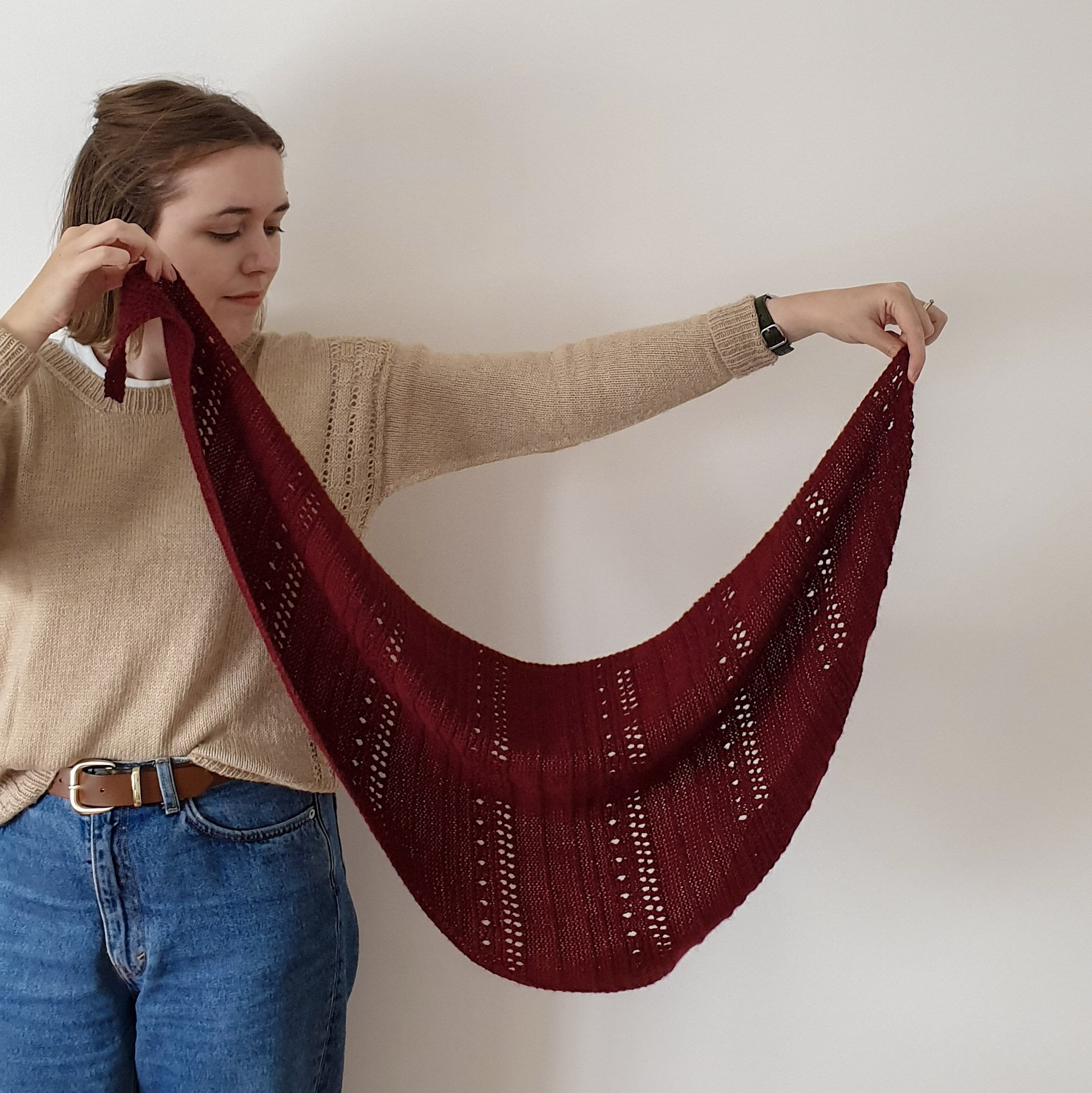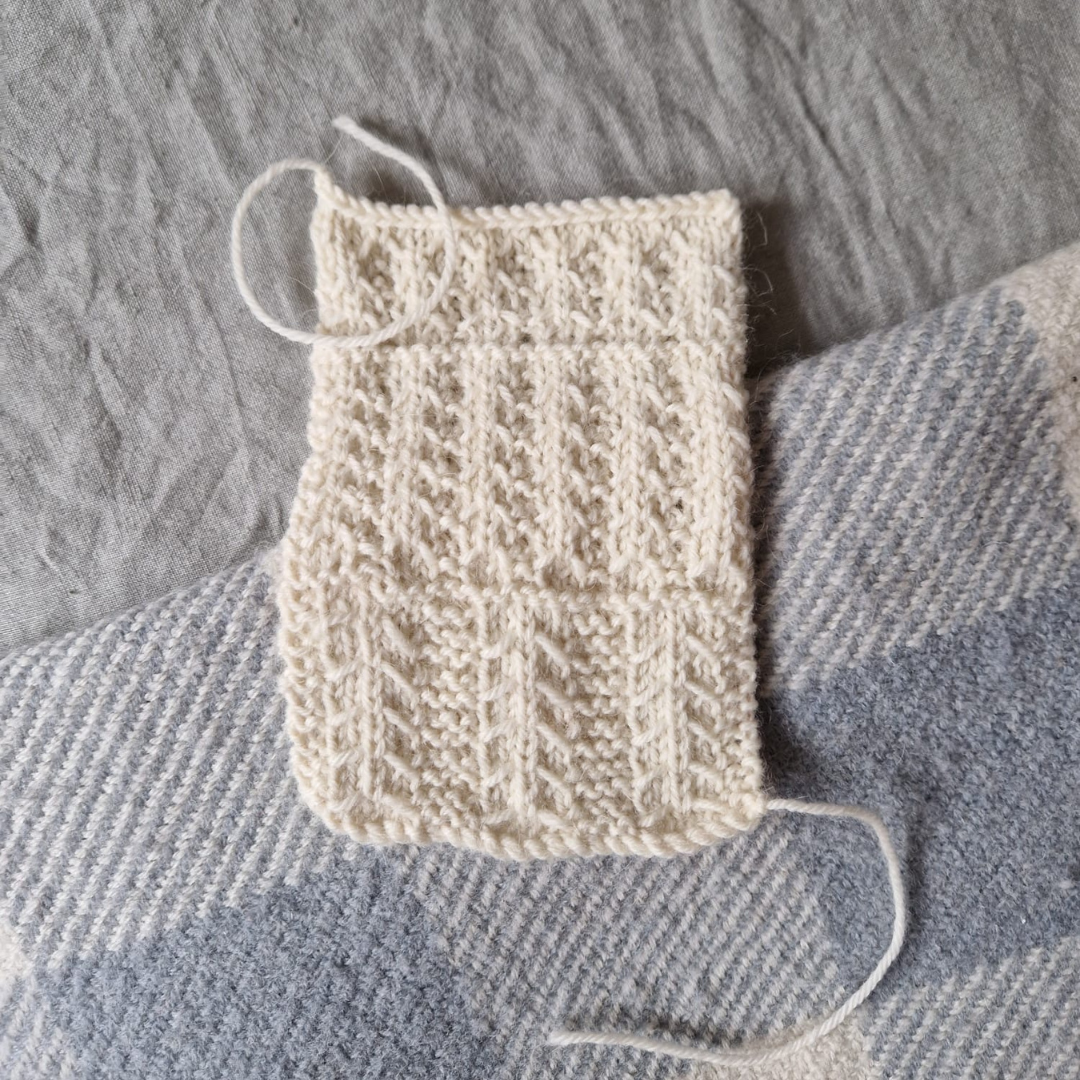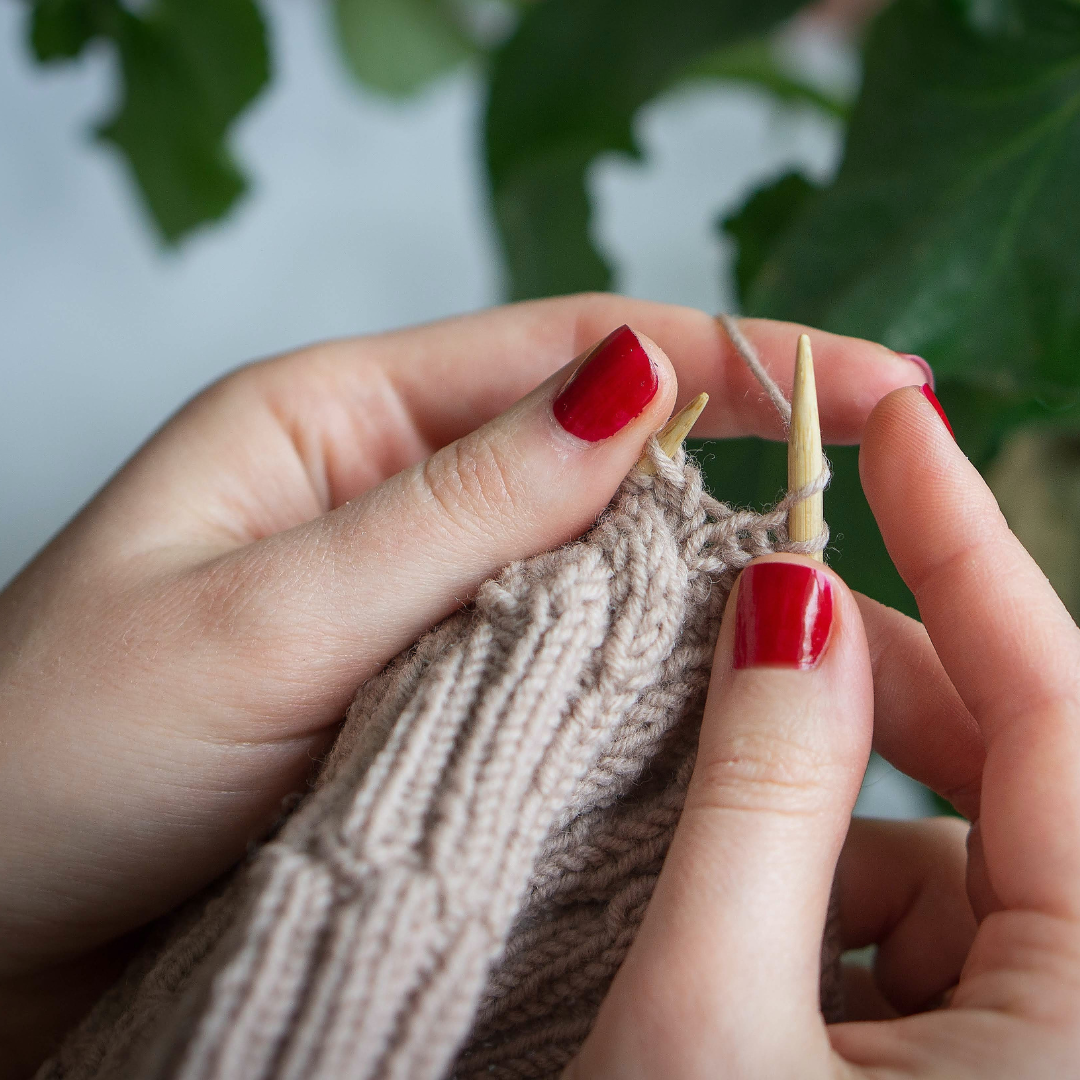How to Knit to Deadlines Without Stressing Yourself Out
Knitting is one of my life’s passions. I love the rhythmic movement, the creative process, and the satisfaction of making something beautiful with my own hands.
For me, knitting is usually about taking my time and enjoying the experience. However, there are times when a deadline looms, whether for a sample, a test knit, or a special gift. When that happens, having a solid plan can make all the difference.
In this guide, I’ll share some practical tips on how to knit to deadlines without stressing yourself out. We’ll cover how to estimate your knitting time, allocate buffer periods for finishing touches, and stay organised and motivated.
While knitting is typically a leisurely activity, there are moments when a bit of structure is necessary. Here’s how you can meet your deadlines while still enjoying the process.
Image description: The text says, How to Knit to Deadlines Without Stressing Yourself Out over a photo showing hands knitting with beige yarn.
Estimating Knitting Time
Estimating how long a knitting project will take to complete can seem tricky, but it's all about breaking it down. Here's a straightforward way to figure it out.
First, measure your knitting speed. Take a ball of yarn, weigh it, and then knit for an hour. Weigh the yarn again to see how much you've used. For example, if you started with 50 grams and now have 35 grams, you've used 15 grams in an hour.
Now, it’s time to do a little maths. Divide the amount of yarn you knitted in an hour by the total amount you expect to knit. If your project requires 500 grams of yarn and you knit 15 grams in an hour, you can estimate the project will take a little over 33 hours.
Next, divide the total hours by the number of days until your deadline. If you have 30 days and need 33 hours, aim for just over an hour a day of knitting. This gives you a clear daily goal and helps keep you on track.
Remember, this is just an estimate. Factors like pattern complexity and interruptions can affect your pace, so it's important to include a buffer, which we'll cover next.
Image Description: Image of someone knitting on a sofa with text below saying How to Knit to Deadlines Without Stressing Yourself Out.
Allowing for Buffer Time
Including buffer time in your deadline knitting schedule is essential. Projects don’t always go as planned, and having some extra time can save you from a lot of stress.
Blocking and Drying
Depending on your climate, blocking your finished piece can take a while. Remember to account for this time so your project is dry in time. So, if you have 30 days to knit something, but blocking and drying can take up to 3 days, subtract three days from your knitting time.
Design Revisions
If you’re designing a pattern, expect to make some changes. You might need to rip back and re-knit sections. To be safe, add an extra 5-10 hours to your overall time estimate.
Unexpected Delays
Life happens. Whether it’s an unexpected event like a family emergency or just a busy day, having a buffer means you won’t fall behind if you miss a knitting session.
For example, if you estimate your project will take 30 hours, plan for at least 35-40 hours. This way, you’ll have enough time to handle any surprises without rushing at the last minute.
Buffer time is your safety net, ensuring you meet your deadlines comfortably while still enjoying the process.
Practical Tips for Staying on Track
Staying on track with a knitting project, especially one with a deadline, requires some organisation and motivation. Here are some practical tips that work for me:
Stay Organized
Keep all your project materials in one place. Use a project bag to store your yarn, needles, and pattern together. This will save time and help you jump right into knitting whenever you have a moment.
Track Your Progress
Use a knitting journal or an app to track your progress. Note how much you’ve knit each day. This will keep you on schedule and give you a sense of accomplishment that is great for motivation!
Stay Motivated
Find ways to stay motivated. If you’re a test knitter, share your progress in the test knitting group, or if you’re a designer, tease your design on social media. Reward yourself when you hit milestones, like finishing a section or meeting your weekly goal.
Take Breaks
Don’t forget to take breaks. Knitting for long periods can strain your hands and eyes. Short breaks help you stay healthy and maintain a steady pace.
By setting realistic goals, staying organised, and tracking your progress, you’ll find it much easier to stay on track and meet your deadlines without feeling overwhelmed.
Image description: Two balls of blush coloured yarn are held in one hand and a pair of wooden knitting needles are held in the other
Additional Considerations
When you're knitting to a deadline, there are a few extra things to remember to ensure everything goes smoothly.
Final Touches
Don’t forget about the finishing steps, such as weaving in ends, sewing on buttons, and any other final touches your project needs. These can take more time than you might expect, so include them in your timeline.
Photography
If you’re a designer or want to share your finished piece online, factor in time to take good photos. Natural light works best, so plan for when you can shoot in daylight.
Shipping
If you need to post your finished project to someone, such as a magazine or a designer, account for shipping time. Choose a reliable shipping method and consider potential delays. It's a good idea to ship a few days early to ensure your project arrives on time.
Review Your Plan
Periodically check your progress against your plan. If you’re ahead, great! If you’re falling behind, you’ll still have time to adjust your schedule or speed up. You can adjust your plan by increasing your daily knitting time or finding ways to knit during free pockets of time, like during your lunch break or while sitting in a waiting room.
These additional considerations help you manage the final stages of your project effectively, ensuring you meet your deadline without any last-minute stress.
Conclusion: How to Knit to Deadlines Without Stressing Yourself Out
Knitting to a deadline doesn't have to be stressful. With a bit of planning and organisation, you can enjoy the process and still meet your deadlines.
By estimating your knitting time, allowing for buffers, and following practical tips for staying organised and motivated, you can tackle any project with confidence. Keep in mind the additional considerations like finishing touches and shipping to ensure everything else goes smoothly.
Knitting should be enjoyable, even when you have a deadline. So, take a deep breath, follow your plan, and enjoy creating something beautiful. You've got this!
I’d love to hear from you!
Do you have any tips for knitting to deadlines? Share your thoughts and experiences in the comments below!























